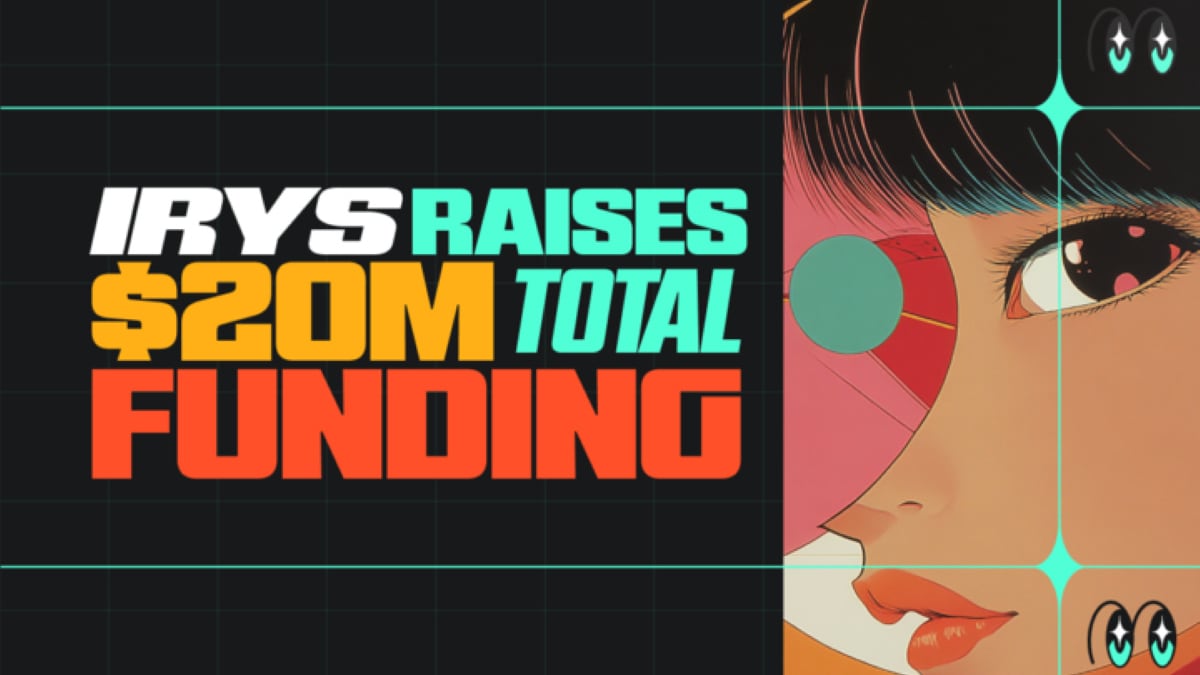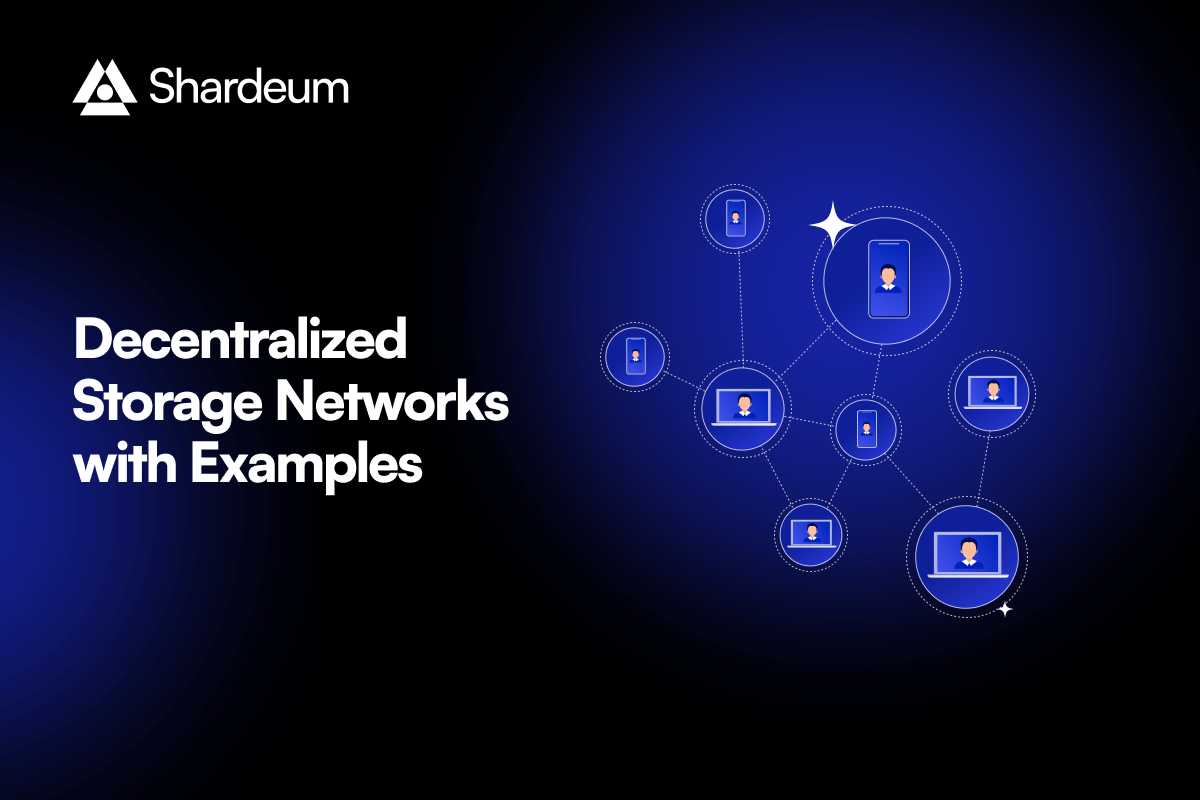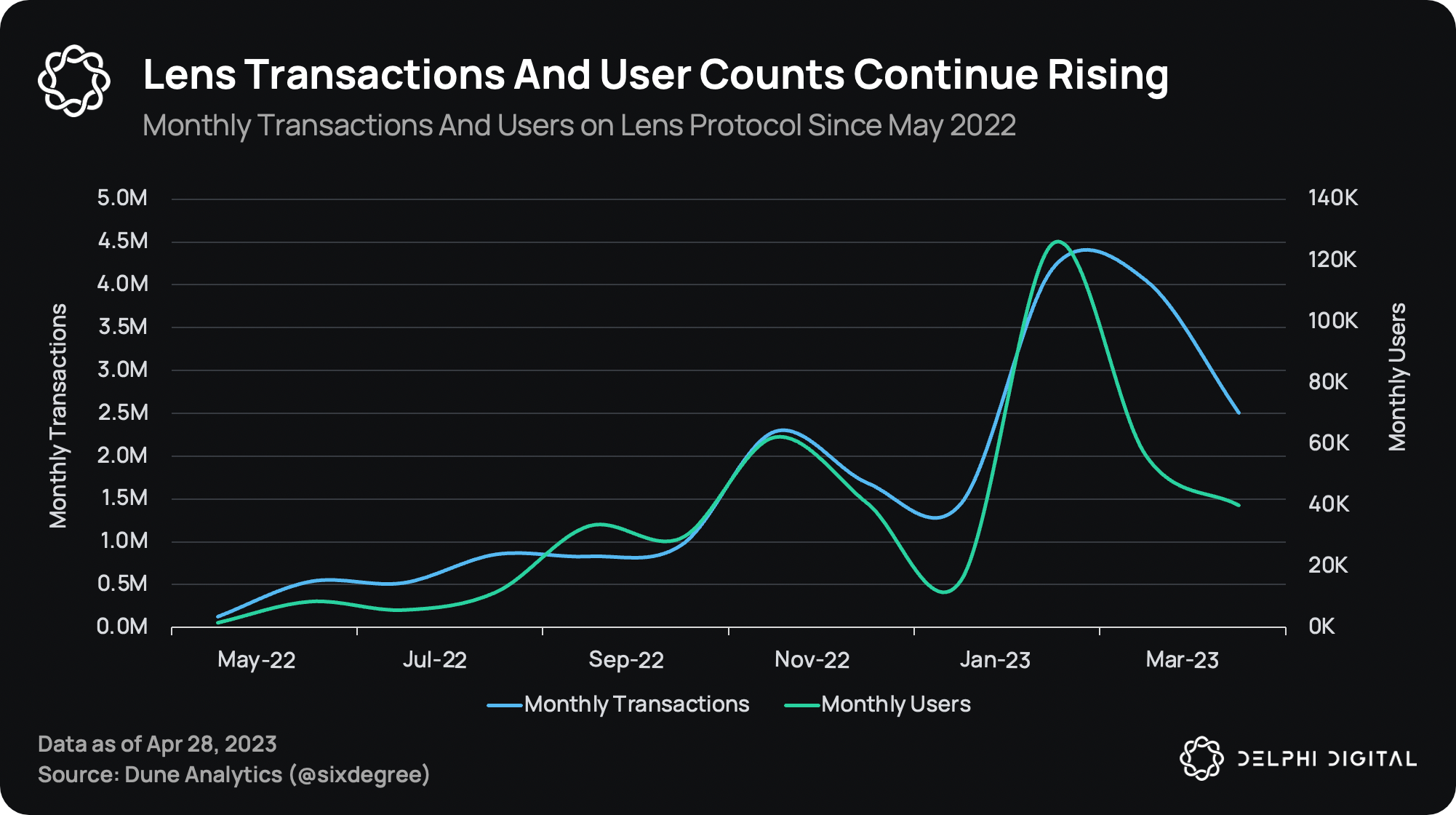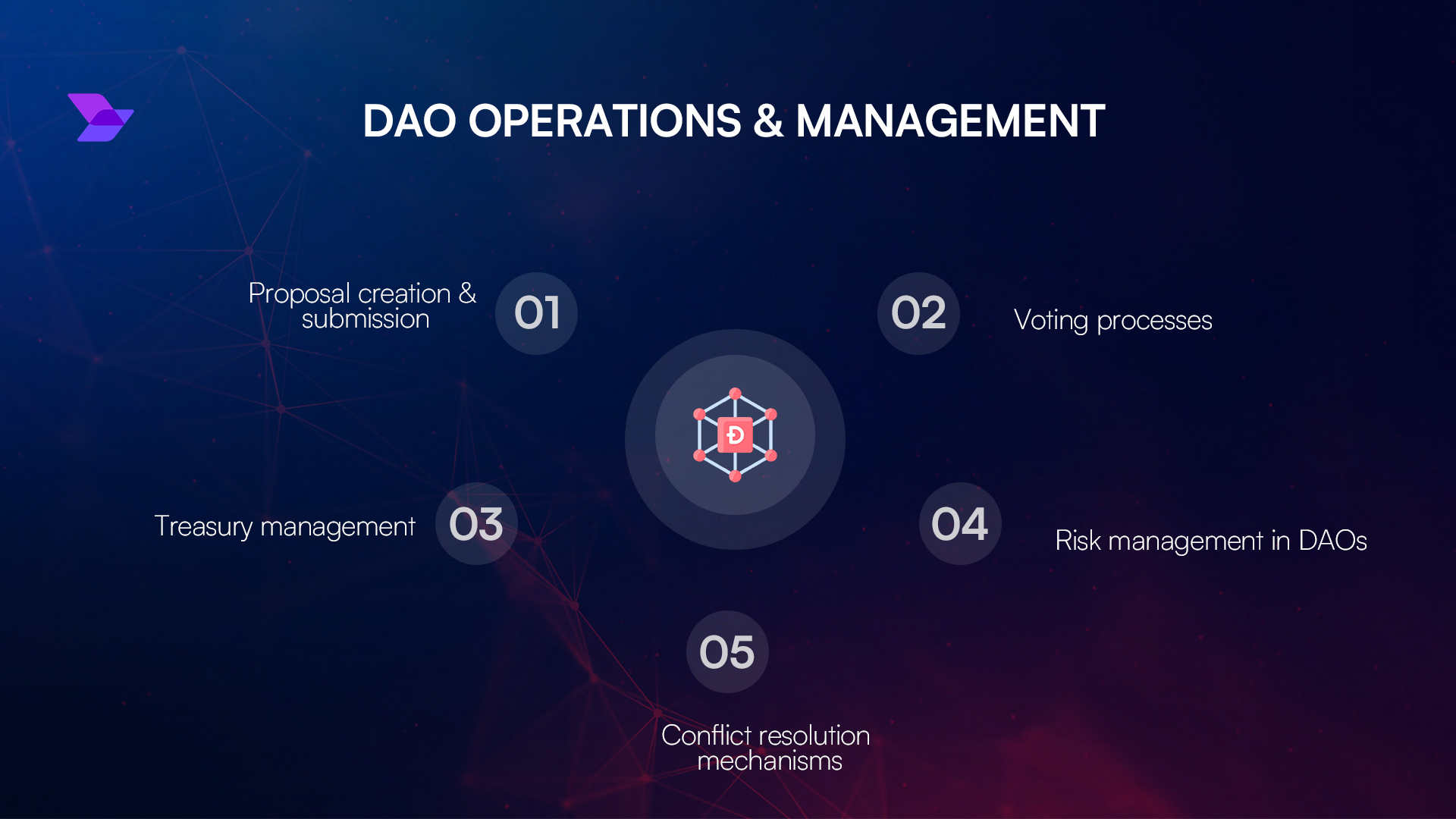
Web3 social media is rapidly evolving beyond the limitations of Web2 platforms, with Lens Protocol and Irys at the forefront of this transformation. By integrating programmable, permanent storage with user-owned social graphs, these protocols are laying the foundation for a new era of permanent onchain social media. This approach promises not only censorship resistance but also verifiable, immutable records of digital interactions, ushering in what some call “memory-enabled” Web3 social.

How Lens Protocol Redefines Social Identity
Lens Protocol, developed by the team behind Aave, is not just another decentralized app; it’s an entire composable social graph built for the EVM ecosystem. Every profile on Lens is minted as an NFT, giving users direct ownership and control over their digital identity. Posts, comments, and even follows are represented as onchain assets, enabling true data portability across any dApp that integrates with Lens.
This model sharply contrasts with traditional platforms where user data is siloed and monetized by centralized entities. Instead, Lens users can seamlessly move their profiles and content between applications without losing their audience or history. This architecture eliminates single points of failure, mitigates censorship risks, and ensures that creators retain sovereignty over their work.
Irys: The Backbone for Permanent and Verifiable Storage
The promise of decentralized social networks hinges on more than just user-controlled identities, it requires robust solutions for storing content permanently on-chain. Enter Irys, a decentralized storage network purpose-built for instant uploads to tamper-proof storage. Unlike traditional file hosting or even basic IPFS pinning services, Irys guarantees that once data is uploaded it remains accessible forever, no servers to maintain, no risk of silent deletion.
Irys achieves this by embedding upload commitments directly into block headers before distributing the actual data to miners. This method balances efficiency with permanence: large files do not congest the network but are still cryptographically secured against modification or loss. For developers building on Lens Protocol, this means every post or interaction can be stored in a way that’s both scalable and verifiable, creating a transparent audit trail for all social activity.
Key Differences: Irys Permanent Storage vs Traditional Blockchain File Storage
-

True Permanence vs. Mutable Storage: Irys guarantees permanent storage of files, ensuring data remains accessible forever after upload, whereas many traditional blockchains only store data as long as nodes continue to support it, risking loss if incentives change.
-

Instant Uploads and Accessibility: Irys enables instant uploads to permanent storage, making files immediately accessible and verifiable on-chain. In contrast, traditional blockchain storage often experiences delays due to network congestion and block confirmation times.
-

Cost Efficiency and Predictability: Irys offers stable, upfront pricing for permanent storage, avoiding fluctuating transaction fees and unpredictable costs common in traditional blockchain file storage solutions.
-

Data Verifiability and Trust: Irys includes data commitments in block headers, allowing smart contracts and users to verify data integrity directly on-chain. Traditional blockchains may not provide such verifiable commitments, increasing the risk of data tampering or loss.
-

No Reliance on Pinning or External Servers: Irys stores data permanently on-chain without requiring pinning services or external servers, unlike some traditional solutions (e.g., IPFS), which depend on third-party pinning to keep files available.
Scalability Meets Data Integrity: The Role of Avail
As consumer adoption grows, scalability becomes critical. To address this challenge without sacrificing decentralization or data integrity, Lens has partnered with Avail, a dedicated data availability (DA) layer designed to ensure instant verifiability of all stored information. Avail’s infrastructure allows Lens to support millions of users while maintaining low transaction costs and high throughput.
This collaboration means that even as volumes surge during viral moments or large-scale events, every piece of content remains instantly accessible and provably untampered-with. For builders and end-users alike, this translates into a seamless experience rivaling mainstream platforms but with far greater assurances around privacy and permanence.
The synergy between Lens Protocol, Irys, and Avail is more than a technical integration, it’s a philosophical shift in how social data is owned, stored, and experienced. By combining user-sovereign identities with programmable, censorship-resistant storage and scalable data availability, the Web3 stack now supports what traditional platforms cannot: verifiable social data that is both truly permanent and composable across applications.
Unlocking Memory-Enabled Web3 Social Experiences
With Irys acting as the “memory layer” for Lens-powered dApps, content creators and communities are no longer at the mercy of centralized servers or opaque moderation policies. Every post, comment, or follow action can be cryptographically proven to exist, and to remain accessible, regardless of platform-level changes or shutdowns. This new paradigm enables:
Real-World Use Cases for Memory-Enabled Web3 Social
-

Creator-Owned Content Platforms: Lens Protocol allows creators to mint their profiles and posts as NFTs, ensuring permanent ownership and monetization of their work. By integrating with Irys, creators’ content is stored immutably on-chain, protecting it from censorship or loss, and enabling seamless migration across decentralized apps.
-

Decentralized Knowledge Sharing: Communities can build censorship-resistant forums and wikis using Lens Protocol, with Irys guaranteeing that all discussions, edits, and resources remain permanently accessible and verifiable on-chain.
-

Onchain Reputation Systems: Social interactions, endorsements, and achievements recorded via Lens become verifiable digital credentials stored permanently with Irys. This enables trustworthy, portable reputation for users across the Web3 ecosystem.
-

Immutable Event Documentation: DAOs and organizations can use Lens to publish and archive proposals, votes, and meeting notes with Irys, ensuring all governance activities are permanently recorded and auditable on-chain.
-

Decentralized Social Media Archiving: Lens Protocol, combined with Irys, enables the permanent archiving of social media posts, threads, and interactions, creating a tamper-proof historical record for research, journalism, and digital heritage.
For instance, decentralized knowledge bases can persist without risk of erasure; NFT provenance and creator histories become tamper-proof; and collaborative projects can reference immutable discussion threads. The implications extend from creator economies to DAOs, digital archives, and even regulatory compliance where verifiable records are paramount.
Challenges Ahead: Cost, UX, and Ecosystem Growth
No system is without trade-offs. While Irys dramatically reduces the complexity of permanent storage compared to legacy blockchain solutions, costs associated with uploading large volumes of data remain non-trivial. Developers must balance onchain permanence with economic feasibility, often leveraging hybrid models where metadata lives on-chain while heavier assets are referenced off-chain but anchored by Irys commitments.
User experience also remains a frontier for innovation. Seamless onboarding, intuitive wallet management, and frictionless content publishing are essential for mainstream adoption. The Lens ecosystem has made strides here with modular SDKs and integrations that abstract away much of the underlying protocol complexity, but further simplification will be key as non-crypto-native users arrive.
The Roadmap: Toward a Programmable Social Layer
Looking ahead, the combination of Lens Protocol’s composable social graph with Irys’s programmable storage opens doors to entirely new categories of dApps. Imagine social feeds where posts trigger automated actions based on verifiable onchain events; or collaborative publishing platforms that support revenue sharing governed by smart contracts, all underpinned by immutable content history.
This isn’t just about building better versions of Twitter or Instagram, it’s about reimagining what social interaction looks like when users hold the keys to their own digital memory palace. As more developers experiment within this new paradigm, and as standards around permanent onchain data mature, the boundaries between content creation, ownership, and programmability will blur in ways legacy platforms simply cannot replicate.
The future belongs to protocols that empower communities, not just platforms that rent your attention.
To explore technical deep-dives or tutorials on building memory-enabled Web3 social apps using these protocols, see our detailed guide at How Irys and Lens Protocol Enable Permanent Uncensorable Onchain Social Content.









